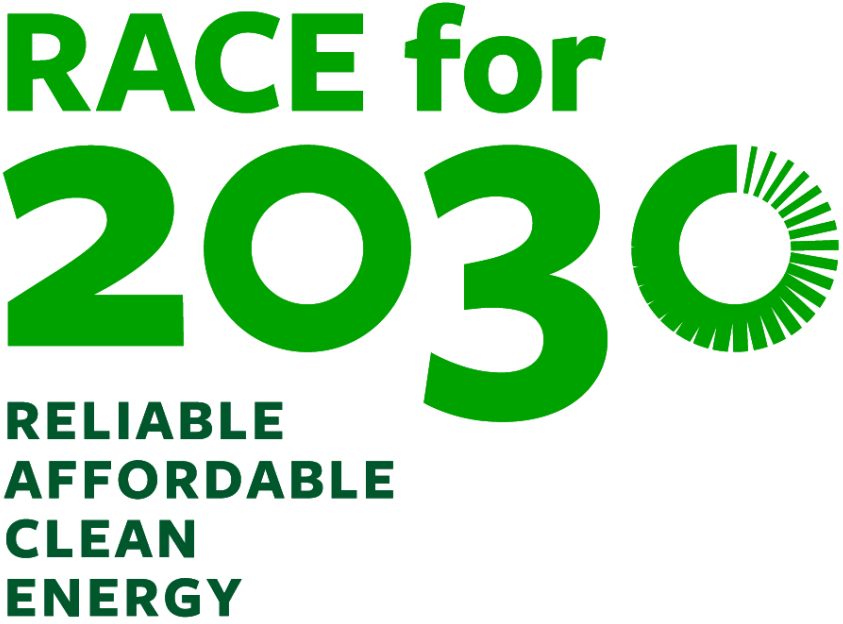Smarter prices could save billions in clean energy transition
Changing the structure of electricity prices could give customers more control over their electricity usage and slash energy bills. That is a key finding of a new report released by the Reliable Affordable Clean Energy for 2030 Cooperative Research Centre (RACE for 2030 CRC). The report, Rewarding flexible demand: Customer friendly cost reflective tariffs and incentives estimates that households in Australia can reduce their bills by up to $3.2 billion by 2035 with the accelerated uptake of cost-reflective tariffs and incentives.
With the rise of rooftop solar, wind power and electric vehicles, both the supply of and demand for electricity is becoming more variable and less predictable. By setting power prices to reflect this variability in supply and demand, it gives customers incentives to shift their patterns of demand and supply. This means that power would generally be cheaper in the middle of the day when solar energy is abundant and more expensive in the early evening when demand for power is highest. Overall, this could lower power bills and speed up the transition to renewable energy.
“The key to successful price reform is always to put the customer first,” said RACE for 2030 CEO Jon Jutsen. “Customers can be sceptical that price reform is just a euphemism for higher prices and higher energy bills. This report shows that if we are smart about changing the shape of power prices and involve customers in the process, we can deliver a win-win outcome for customers, electricity suppliers, the economy, and the environment.”
Flexibility incentives reward households for managing their energy consumption and generation by reducing their electricity bills. They also reduce system-wide costs by lowering average generation prices, reducing network peaks in demand and solar export, and by avoiding the need to invest in expensive new energy storage and grid infrastructure. Flexibility incentives can alter patterns of demand and the use of distributed energy resources such as rooftop solar, batteries, electric vehicles, water heaters, pool pumps and smart appliances.
“Removing the identified barriers should increase the uptake of renewable generation, decrease reliance on fossil fuels and reduce costs for all households,” said RACE for Homes Program Leader, Professor David Hill. “As well as lowering electricity bills, this should lower emissions, increase reliability, and create employment.”
The report provides a roadmap of proposed research projects and industry development to increase flexibility of household electricity use and generation through incentives.
Read the full report on the Publications page.





